Enjoy the pristine weather year around! Big Bear Lake, CA offers more than 320 days of blue bird, sunny days each year, especially during the summer when daytime temperatures reach the high 70s before dropping into the mid-40s in the evening. Milder temperatures continue into the fall with highs hovering across the 60s and lows dropping to the mid-30s. Big Bear also receives about 120 inches of snow annually, with most falling during the winter accompanied with highs in the mid-40s and lows in the mid-20s. Big Bear begins to warm up in the spring with temps reaching the low 70s and falling to the low 40s at night. Big Bear Lake weather offers summers that are warm and mostly clear skies and winters that are very cold, dry, and partly cloudy skies. Over the course of the year, the temperature typically varies from 22°F to 81°F and is rarely below 14°F or above 88°F.
The first snowfall of winter for Big Bear Lake can arrive as early as October or as late as December. Most often than not, the snow starts flying in November and the Big Bear ski resorts aim to open Thanksgiving weekend. The season’s last snowfall for the ski resort town usually happens in April, although some fresh snow can arrive in May or even June. Most days of snowfall in Big Bear Lake leave at least an inch of fresh snow. For eight days a year on average, the amount of new snow totals three inches or more. Snowstorms of over five inches a day normally occur four or five times a year. Typically one or two of these storms are major blizzards that dump ten inches or more. Snow events this severe can descend on the town anytime from November to April. Big Bear Lake is normally free of snow every year from July to September.
Before You Drive Up:
- Carry tire chains and know how to install them
- Check road conditions before and during your drive
- Allow extra travel time — traffic will move slowly
- Keep essentials in your car (water, snacks, blankets, flashlight)
Helpful Links:
- National Weather Service: https://www.weather.gov
- CalTrans Road Conditions: https://quickmap.dot.ca.gov
- San Bernardino County Emergency Info: https://prepare.sbcounty.gov
- Big Bear Winter Resources: https://bigbearchamber.com
- We recommend arriving earlier in the day if possible to avoid the heaviest snowfall. Please drive safely and take your time; conditions may change quickly.
- If you need help or have questions about your stay, reply to this message or call us at 909-752-0234.
Big Bear Weather in January: Winter Wonderland Awaits

January in Big Bear is a winter wonderland that beckons attracts outdoor enthusiasts and those seeking cozy cabins. The weather in January in Big Bear Lake typically features crisp, cold temperatures, with averages ranging from the low 20s to mid-40s Fahrenheit. This mild weather provides the perfect backdrop for a variety of winter activities, from skiing and snowboarding on the pristine slopes to enjoying serene snowshoe hikes along scenic forest trails.
Moreover, January often brings significant snowfall, making it one of the best months for those looking to experience fresh snow. The soft white landscape transforms Big Bear into a picturesque escape that feels like stepping into a holiday postcard. Whether you’re a thrill seeker or like to sip hot cocoa by the fireplace, January’s weather offers plenty of opportunities to make unforgettable memories.
Don’t let the cold stop you; instead, embrace it! With the right equipment and planning, You can fully enjoy this beautiful mountain destination during the most magical months. So pack your bags and get ready for an adventure where every snowflake will add charm to your Big Bear getaway!
Big Bear’s February Weather: Cold, Snowy, and Perfect for Adventure
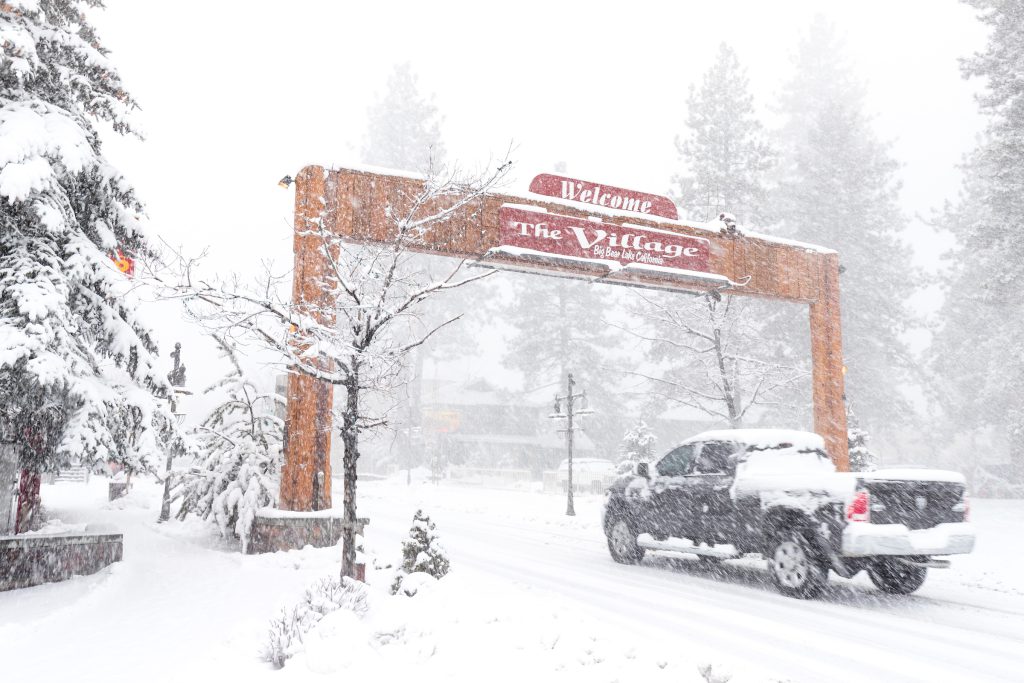
When planning a trip to Big Bear in February, understanding the weather is crucial for an enjoyable experience. February is one of Big Bear’s most beautiful months, as it typically showcases a beautiful winter wonderland. The average temperature during this time ranges between 46°F and 50°F, making it ideal for snow sports enthusiasts and those who want to enjoy the serene beauty of the snowy landscapes.
February weather in Big Bear Lake often includes fresh snow. This creates ideal conditions for skiing and snowboarding at local resorts. This month also sees fewer crowds than during the holiday season which provides an experience that is closer to nature. Picture yourself cozying up by a fireplace after an exicting day on the slopes or enjoying peaceful hikes through snow-laden trails.
In addition, February is not just about winter activities; it’s also a time when you can witness breathtaking sunsets against the backdrop of snow-capped mountains. Whether you’re looking for adventure or relaxation, a visit to Big Bear this month guarantees an unforgettable experience amid stunning winter scenery. Don’t miss this magical moment, experience the charm of Big Bear’s weather in February!
Big Bear’s March Climate: Transitioning from Winter to Spring

March is a special time to experience Big Bear Lake, and the weather plays a key role in making it a must-visit destination this month. As winter begins to transition into spring, visitors can expect a beautiful combination of fresh mountain air and increased sunshine. Weather in Big Bear in March typically ranges from low 50°F to mid 57°F, making it an attractive environment for outdoor activities.
Ski lovers will still find plenty of snow on the slopes. This is because March usually has the season’s lightest snow cover. This means you can enjoy an exciting days on the mountain without sacrificing comfort. For those who love hiking or exploring, warmer afternoons will allow you to experience Big Bear’s stunning natural beauty without too much gathering.
March is also less crowded than the peak winter or summer holiday months, allowing you to enjoy peace and tranquility while soaking in the breathtaking views. Whether you’re going skiing or taking a leisurely stroll along the lake, the Big Bear season experience in March has something for everyone. Don’t miss the perfect combination of a winter wonderland and the charm of early spring!
Big Bear’s April Weather: A Blend of Sunshine and Fresh Mountain Breezes
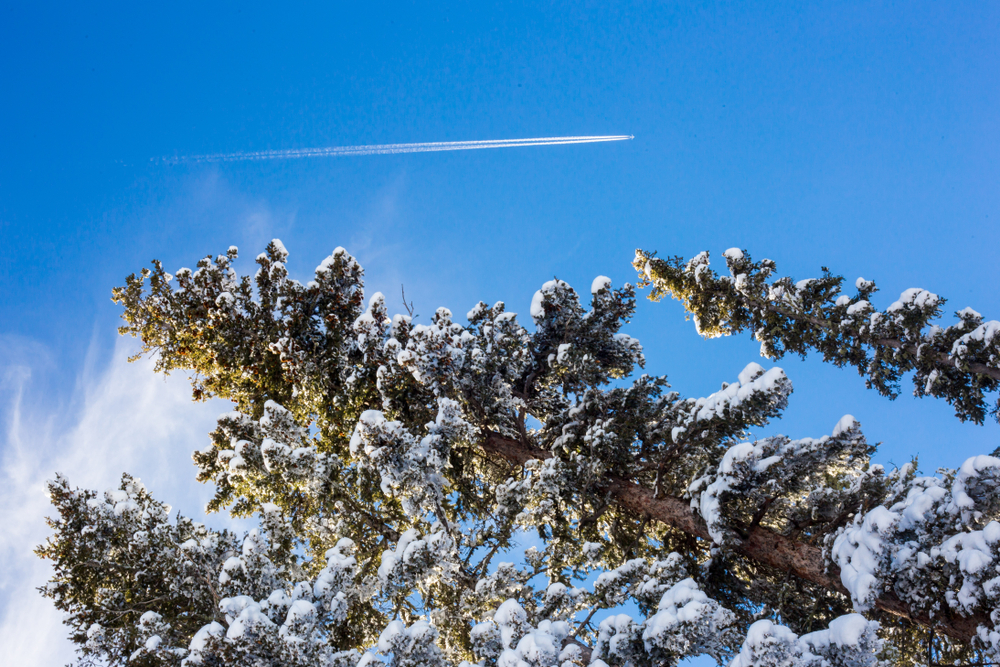
April in Big Bear Lake is a stunning mix of the last whispers of winter and the early signs of spring. This makes it an ideal time for adventure seekers and those looking to relax in the beauty of nature. In April, Big Bear’s weather typically ranges from mid-to-mid 45°F to a low -74. Temperatures can be seen as high as °F, making for comfortable days and breezy nights.
One of the most compelling reasons to visit during this month is the stunning transformation of the landscape. As snow begins to melt, lush greenery emerges, providing a picturesque backdrop for hiking trails and outdoor activities. You can also enjoy a more peaceful experience while exploring this stunning area, which is less crowded than during the peak summer months.
Moreover, April often brings occasional snowfall, offering unique opportunities for late-season skiing or snowboarding. Imagine sliding down snowy slopes surrounded by blooming wildflowers—a truly unforgettable experience! Whether you’re planning a family getaway or looking for solitude amidst natural beauty, Big Bear’s weather in April creates a lovely atmosphere not to be missed. Embrace the charm of spring in Big Bear Lake; It promises memories that will last a lifetime!
The weather in May at Big Bear is Beautiful
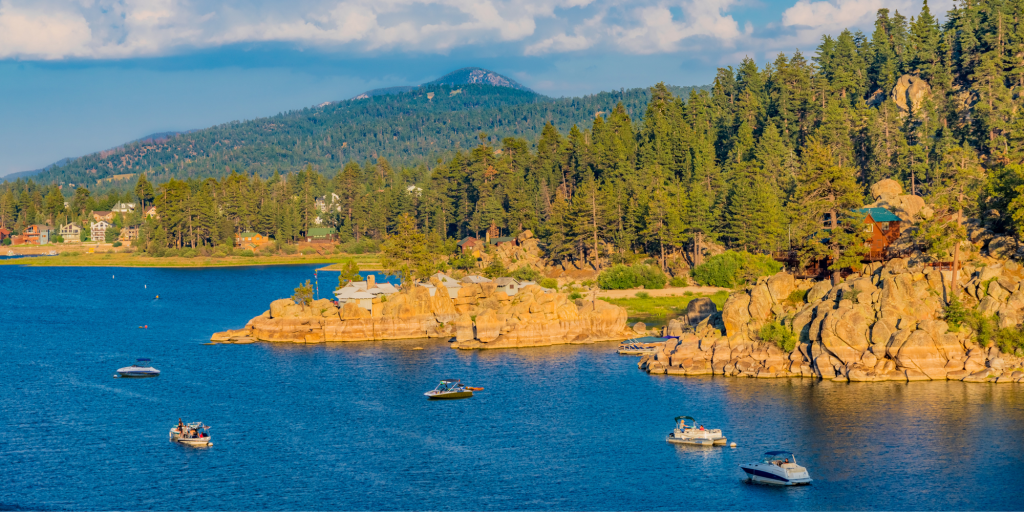
When considering a trip to Big Bear, weather in May is an important factor that can greatly enhance your experience. May is the transition period from spring to summer. It has a good mix of mild temperatures and lively scenery. In this month, temperatures average between 64°F and 71°F during the day which is ideal for outdoor activities such as hiking and cycling.
Moreover, the evenings tend to be cooler, temperature often drops to the 40s°F. This means you can enjoy sunny days filled with adventure while still having the cozy atmosphere of cool nights by a fire. The snow has typically melted by this time, unveiling lush greenery and blooming wildflowers that add to Big Bear’s charm.
Whether you’re planning a family vacation or a solo getaway, understanding the weather in Big Bear in May can help you pack properly and make the most of your visit. With pleasant weather and breathtaking scenery awaiting you, May is undoubtedly one of the best times to explore all that Big Bear Lake has to offer!
A look at the weather in June in Big Bear
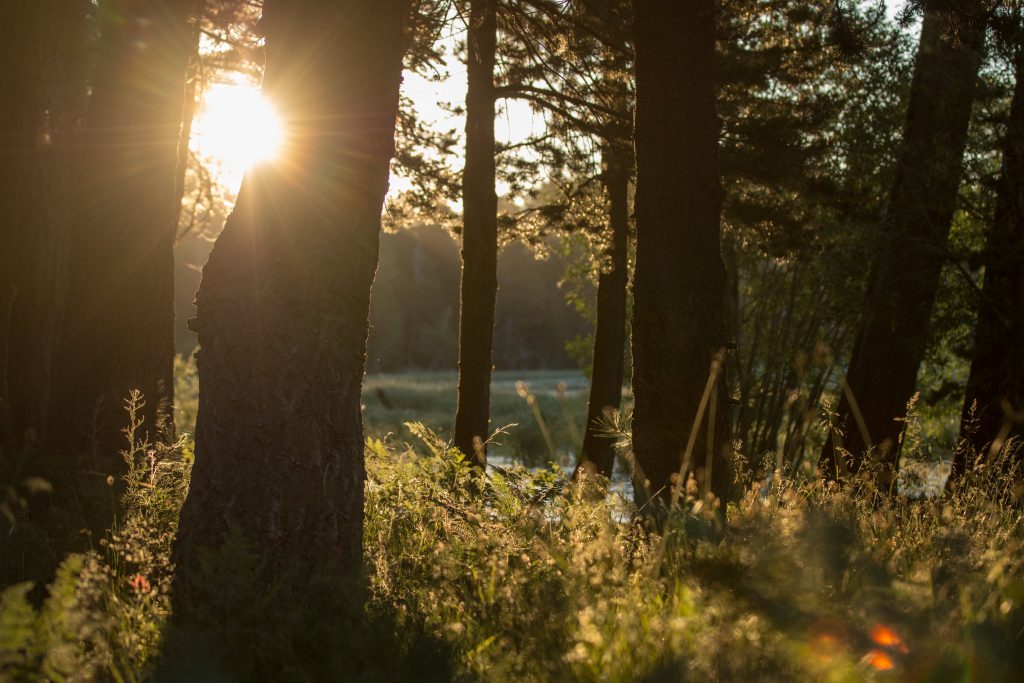
You need to know what the weather will be like in June before you can plan a trip to Big Bear Lake. June is the transition to summer. It has comfortable warm temperatures and plenty of sunlight. The average daytime highs hover around the mid-70s°F. This makes the lake ideal for outdoor activities such as hiking, fishing, and boating.
However, don’t be fooled by the warmth; evenings can still be quite cool, with temperatures dropping as low as 40s°F. This variation makes layering your clothing a smart choice for your adventures. Additionally, June generally has lower rainfall levels compared to previous spring months. page This allows for more consistent enjoyment of outdoor activities.
Whether you want to explore the scenic trails or just relax by the water, Understanding Big Bear weather in June can help you make the most of your visit. Embrace this beautiful mountain destination during its most attractive months!
What to Expect from Big Bear Weather in July
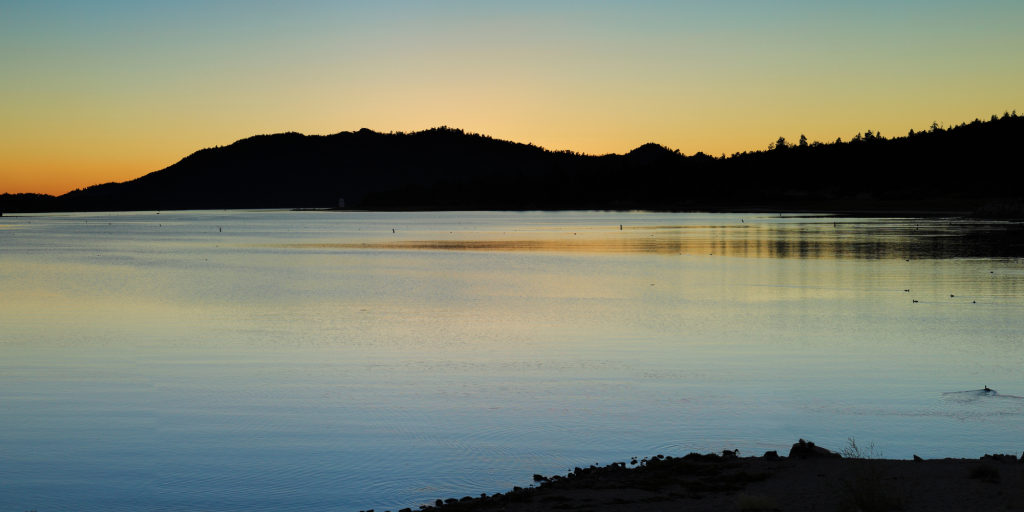
When planning a summer getaway Consider Big Bear’s unique allure in July. Big Bear’s weather in July is nothing short of spectacular. This makes it an ideal destination for outdoor enthusiasts and families. With average daytime temperatures ranging from the mid-70s to at least 80 degrees Fahrenheit. Travelers can therefore enjoy the warm sunshine without the intense heat often found in other summer destinations
What makes Big Bear’s July weather unique is the refreshing mountain weather. Evenings tend to cool down significantly, offering the perfect opportunity to relax around a campfire or enjoy stargazing under a clear sky. This pleasant temperature range allows for a variety of activities—from hiking scenic trails and biking through lush forests to enjoying water sports on the lake.
In addition, because it is expected that there will be minimal rainfall this month. So you can plan your adventure with confidence without worrying that a sudden storm will disrupt your plans. Whether you want to relax by the lake or have an adrenaline rush along a mountain trail, Big Bear Lake offers an unforgettable experience in July that you can’t miss. So don’t delay – embrace the beauty and adventure that awaits you at This stunning mountain retreat!
Big Bear in August: Weather and Climate Overview
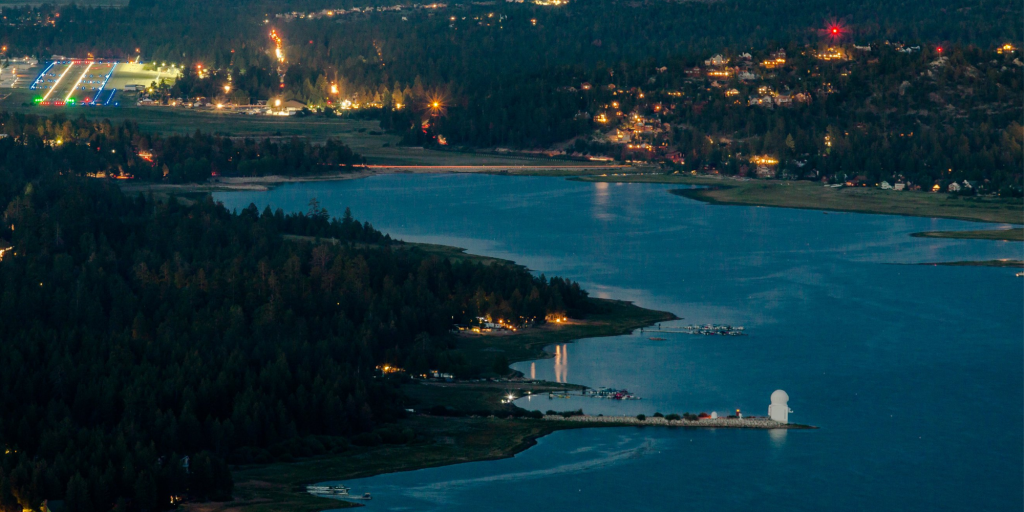
When planning a summer getaway, Big Bear weather should be top of your mind in August. This beautiful mountain resort has a unique climate that stands out from typical summer destinations. In August, you will experience pleasant warm days. with temperatures averaging in the mid 70s to low 80s Fahrenheit. Suitable for outdoor activities such as hiking, cycling, and boating.
The weather in August in Big Bear City is especially attractive because it is cool at night. When the sun sets behind the mountains The temperature will drop significantly. It creates a cozy atmosphere for a bonfire or evening stargazing. It is different from the hot and humid beaches where the humidity is unbearable. The height of the giant bear provides fresh air and breathtaking views without feeling claustrophobic.
Additionally, August is often one of Big Bear’s driest months, with little rain disrupting your plans. Whether you want to explore the nature trails or enjoy water sports in Big Bear Lake, you can count on perfect weather conditions throughout your stay. With such favorable weather patterns and the abundance of attractive tourist attractions and recreational activities available at this time of year, There’s no better time than now to experience all that Big Bear Lake has to offer!
September Weather in Big Bear
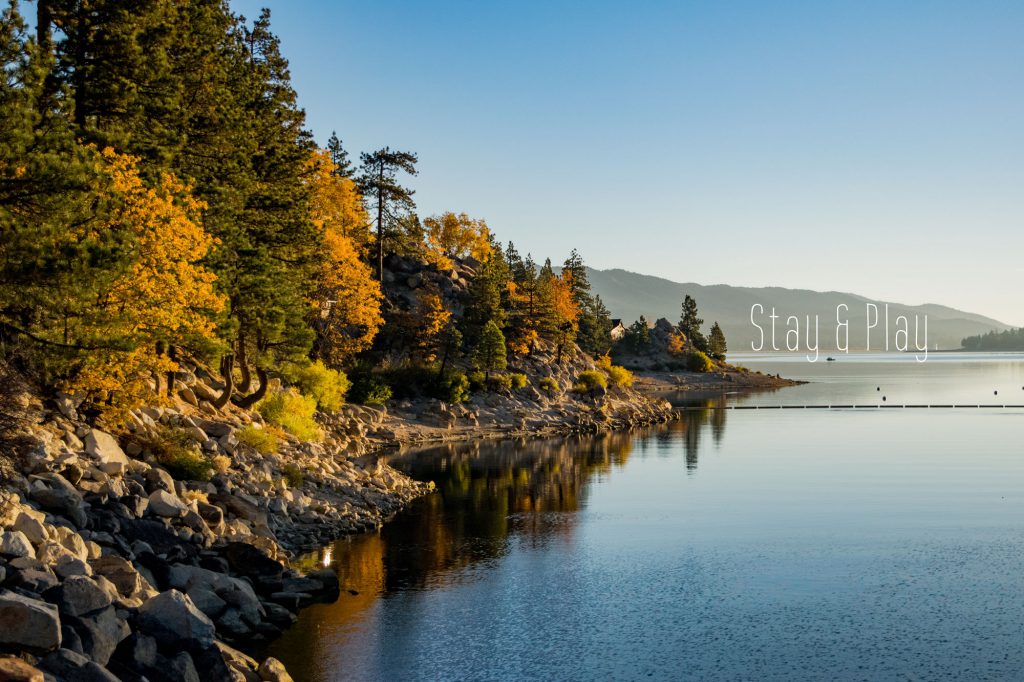
When planning a summer getaway, Big Bear weather should be top of your mind in August. This beautiful mountain resort has a unique climate that stands out from typical summer destinations. In August, you will experience pleasant warm days. with temperatures averaging in the mid 70s to low 80s Fahrenheit. Suitable for outdoor activities such as hiking, cycling, and boating.
The weather in August in Big Bear City is especially attractive because it is cool at night. When the sun sets behind the mountains The temperature will drop significantly. It creates a cozy atmosphere for a bonfire or evening stargazing. It is different from the hot and humid beaches where the humidity is unbearable. The height of the giant bear provides fresh air and breathtaking views without feeling claustrophobic.
Additionally, August is often one of Big Bear’s driest months, with little rain disrupting your plans. Whether you want to explore the nature trails or enjoy water sports in Big Bear Lake, you can count on perfect weather conditions throughout your stay. With such favorable weather patterns and the abundance of attractive tourist attractions and recreational activities available at this time of year, There’s no better time than now to experience all that Big Bear Lake has to offer!
Big Bear Weather in October: Fall’s Arrival
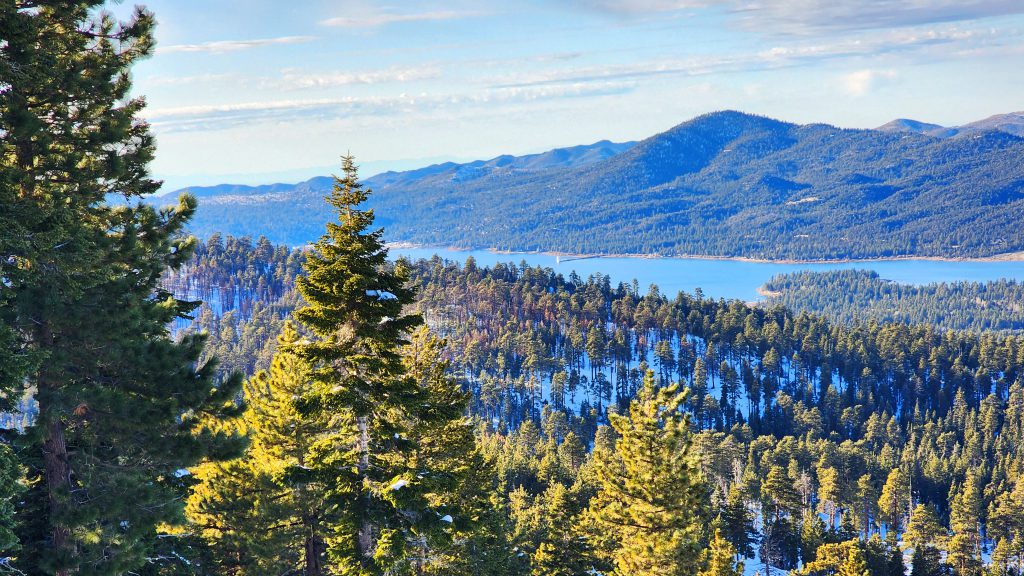
October is a magical time in Big Bear Lake, and the weather during this month plays a key role in creating a beautiful atmosphere. As the leaves begin to change color and the crisp mountain air moves in, Visitors can look forward to Big Bear’s pleasant weather in October. Daytime temperatures typically range from the mid-60s to low 70s, making it ideal for outdoor activities like hiking, biking, or just enjoying the breathtaking scenery.
Temperatures will drop significantly as evening approaches, often dipping into the 30s and 40s, this addition offers a cozy opportunity to gather around the fireplace or relax in a warm cabin after a day of adventure. October is also known for its stunning sunsets that paint the sky with vivid colors. It’s an experience you shouldn’t miss.
October also marks the start of fall festivities in Big Bear Lake. Pleasant weather invites family and friends to attend pumpkin patches and harvest festivals that celebrate this beautiful season. Whether you are looking for adventure or relaxation amidst the beauty of nature. Big Bear’s October weather provides the perfect backdrop for unforgettable memories. Don’t miss out on experiencing this picturesque destination in this enchanting month!
Big Bear in November: Weather and Seasonal Trends
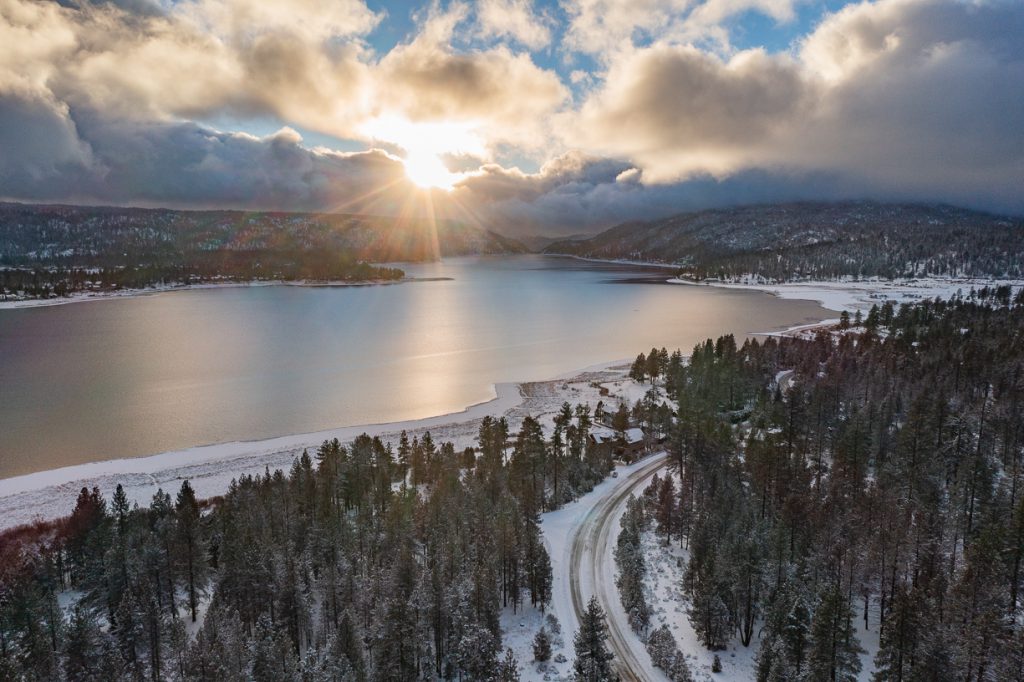
November in Big Bear is a time of change, as the crisp autumn air gives way to the first signs of winter, If you are considering visiting this month. You will be greeted by a breathtaking view adorned with bright fall foliage, which gradually gives way to the serene beauty of the snow-capped mountains.
Big Bear weather in November, daytime temperatures typically hover around the 50s°F (around 12°C), while nighttime temperatures can dip into the low 30s°F (around 0°C), which means it’s best to dress in layers so you don’t feel too cold. When the month passes, the chance of snow will increase. This creates a beautiful winter wonderland that is perfect for skiing and snowboarding enthusiasts.
November is also less crowded compared to the holiday peak. This makes it a more peaceful experience for those looking to escape into nature. Whether you’re hiking along scenic trails or relaxing by the fireplace in a charming cabin, Big Bear’s November weather also provides the ideal backdrop for relaxation and adventure. Don’t miss this magical moment. Plan your trip now and embrace everything Big Bear has to offer!
Big Bear in December: Winter Weather Insights
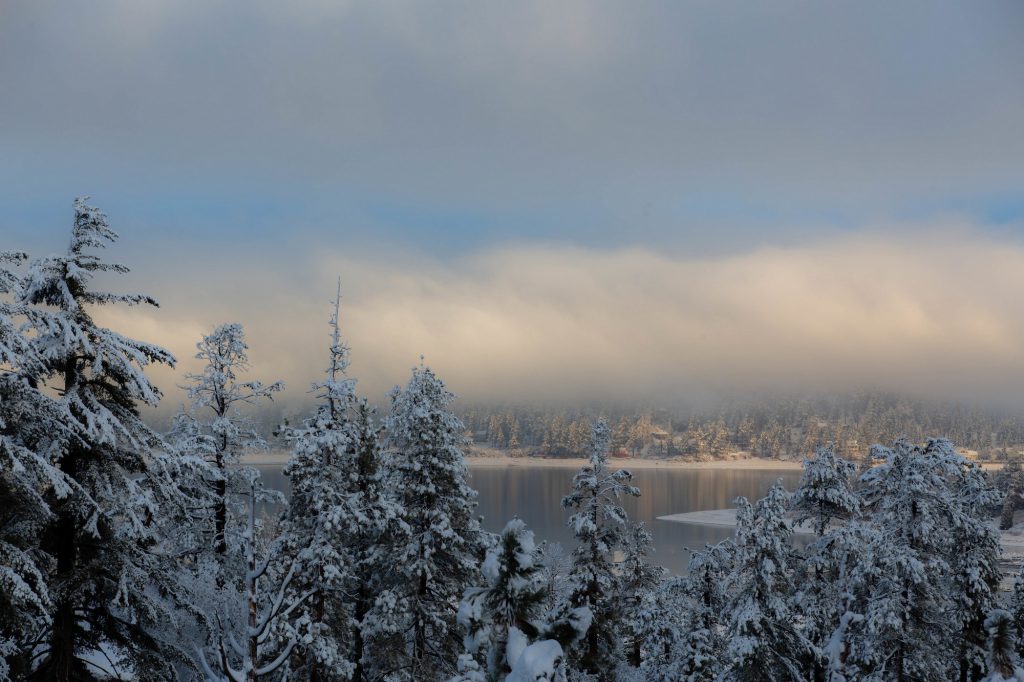
When planning a trip to Big Bear in December It is important to understand what the weather conditions are like. December marks the beginning of winter in this beautiful mountain resort. Accompanied by a wonderful change of scenery, Big Bear’s weather in December is characterized by cool temperatures and beautiful snow cover, which attracts tourists from all over the world.
During this month You can expect daytime highs to average around 45°F (7°C) and dip into the low 20°F (-6°C). This chilly climate makes perfect conditions for winter sports enthusiasts who want to go skiing. With an average snowfall of about 40 inches throughout December, Big Bear becomes a snow-laden paradise ideal for skiing, snowboarding, and cozy fireside evenings.
Moreover, the appeal of Big Bear’s December weather goes beyond outdoor activities. The serene beauty of snow-capped pine trees and tranquil lake views make this an idyllic location for celebrating the holidays or simply enjoying the wonders of nature. So if you are considering a winter getaway? The lovely atmosphere that Big Bear provides during this time. A magical month… embrace it – experience something you can’t miss!
Find a Big Bear Cabin Rental
Experience Big Bear Year-Round with the Perfect Cabin Rental
Regardless of the season, a Big Bear cabin rental is the ideal way to take in the majesty of the mountains. Whether you’re coming for winter snow play or summer lake activities, Destination Big Bear has a range of cabins to meet your requirements. Take in stunning vistas, warm fireplaces, and easy access to everything Big Bear has to offer. Your ideal retreat awaits at Destination Big Bear.
If you need extra help
Below is a list of vendors that are for hire based upon availability at the time of your request:
- Warren Henry: 909-553-3857
- Faustino Fuentes: 909-708-5717
- Brian Gilligan: 909-557-5430
- Omar Cruz: 909-414-7225
- Martin Vasquez: 707-330-9589
- Steve Hill: 909-633-1801
- Mike Kelley: 210-243-9979
- Tim Bowman: 909-809-0795
Please hire these vendors to help you at your discretion. These are not Destination Big Bear employees and Destination Big Bear will not cover any invoices or payments.
Big Bear Road Conditions & Directions
Cal Trans – Updated every 30 minutes for road closures and chain restrictions –
Bear Mountain has its own Road Conditions link
CHOOSE ROUTE & STARTING POINT
Hwy 18 – Lucerne Valley
The shortest and quickest way for visitors coming from Los Angeles, Orange County, and other points west is Hwy 330 / Hwy Hwy 18 is the quickest way to/from Barstow, Las Vegas, and other high desert locations. This route has the least amount of mountain driving.
- From Los Angeles & San Fernando Valley
- From San Diego
- From Orange County
- From High Desert Cities
- From The Palm Springs Area
- From The Las Vegas Area
Hwy 330 / Hwy 18 – Running Springs
The shortest and quickest way for visitors coming from Los Angeles, Orange County, and other points west is Hwy 330 / Hwy 18. Please note that this route can become very congested on the weekends during peak season.
- From Los Angeles
- From Orange County
- From San Diego
- From San Fernando Valley
Hwy 38 Redlands
The shortest and quickest way for visitors coming from Los Angeles, Orange County, and other points west is Hwy 330 / Hwy 18. Though the drive on this route takes a bit longer, it is typically less congested than Hwy 330 / Hwy 18.
- From Los Angeles
- From Orange County
- From San Diego
- From Palm Springs
Caltrans Chain Control Requirement Levels:
- W: No Restrictions – Watch for snow on pavement.
- R-1: Chains are required on all commercial vehicles (trucks or buses). All other vehicles (cars, pick-ups, vans, etc.) must have either snow tread tires or chains on the drive axle.
- R-2: Chains are required on all vehicles except four-wheel drives with snow tread tires. Four-wheel drive vehicles must carry chains in the vehicle.
- R-3: Chains required – ALL VEHICLES – no exceptions.
IT’S THE LAW: Carry tire chains at all times during winter travel in the mountains. SNOW PLAY ON OR NEAR ROADWAYS IS VERY DANGEROUS – DON’T DO IT! – DON’T RISK IT!
Caltrans officials urge you to check Big Bear road conditions often. To help keep you abreast of changing conditions, Caltrans operates the Caltrans Highway Information Network which motorists may telephone for up-to-the-minute information (800) 427-7623. The network is updated as Big Bear road conditions change.
Winter Travel Tips
- Make sure your brakes, windshield wipers, defroster, heater and exhaust system are in top condition.
- Check your antifreeze and be ready for colder temperatures. You may want to add special solvent to your windshield washer reservoir to prevent icing.
- Check your tires. Make sure they are the properly inflated and the tread is in good condition.
- Always carry chains when traveling in the winter mountains. Make sure they are the proper size for your tires and are in working order. You might also want to take along a flashlight and chain repair links. Chains must be installed on the drive wheels. Make sure you know if your vehicle is front or rear wheel drive.
- Other suggested items to carry in your car are an ice scraper or commercial deicer, a broom for brushing snow off your car, a shovel to free your car if it’s “snowed in”, sand or burlap for traction if your wheels should become mired in snow and an old towel to clean your hands.
- It is also a good idea to take along water, food, warm blankets and extra clothing. A lengthy delay will make you glad you have them.
- Put an extra car key in your pocket. A number of motorists have locked themselves out of their cars when putting on chains and at ski areas.
Driving Tips
- Give yourself extra time. Trips to the mountains can take longer during winter, especially if you encounter stormy Big Bear road conditions or icy roads. Get an early start and allow plenty of time to reach your destination.
- Keep your gas tank full. It may be necessary to change routes or turn back during a bad storm or you may be caught in a traffic delay.
- Keep windshield and windows clear. You may want to stop at a safe turnout to use a snow brush or scraper. Use the car defroster and a clean cloth to keep the windows free of fog.
- Slow down. A highway speed of 55 mile an hour may be safe in dry weather but an invitation for trouble on snow and ice. Snow and ice make stopping distances much longer, so keep your seat belt buckled and leave more distance between your vehicle and the vehicle ahead. Bridge decks and shady spots can be icy when other areas are not. Remember to avoid sudden stops and quick direction changes.
- Be more observant. Visibility is often limited in winter by weather conditions. Slow down and watch for other vehicles and for snow equipment. Even though snow removal vehicles have flashing lights, visibility may be so restricted during a storm that it is difficult to see the slow moving equipment.
- When stalled, stay with your vehicle and try to conserve fuel while maintaining warmth. Be alert to any possible exhaust or monoxide problems.
Chain Installers
If you use the services of a chain installer, be sure to get a receipt and jot the installer’s badge number on it. Remember, chain installers are independent business people, not Caltrans employees. Having the badge number may help with any misunderstandings later. Chain installers are NOT allowed to sell or rent chains. When removing chains, drive beyond the signs reading “End Chain Control” to a pull-off area where you can safely remove them.
Here at Destination Big Bear where we specialize in Big Bear Cabin Rentals.
Please remember always to check with Ben for the current weather prior to traveling to Big Bear.
Cal Trans – Updated every 30 minutes for road closures and chain restrictions –
CalTrans Highway Lookup for Current Road Conditions
LIVE UPDATES ON ROAD
BEAR MOUNTAIN ROAD NEWS
Highways to Search For when traveling to Big Bear: HWY 38, HWY 330, HWY 18 –
The best way to get to Big Bear during a snow storm is HWY 18 through Victorville. It is longer by mileage but always faster during snow storms and has almost never closed.
